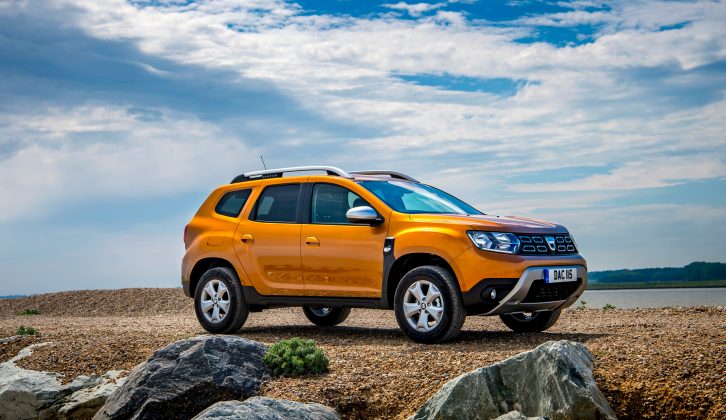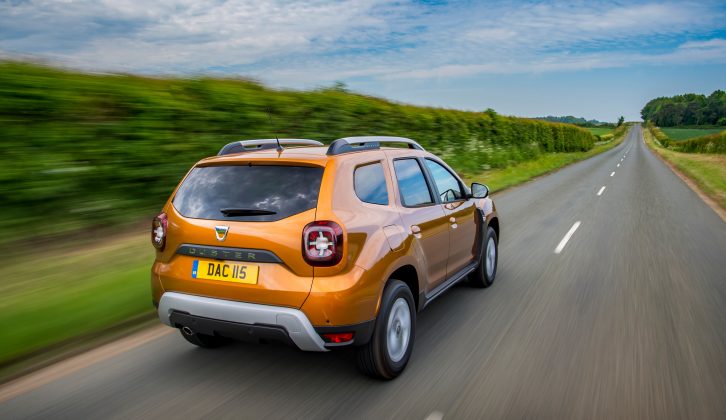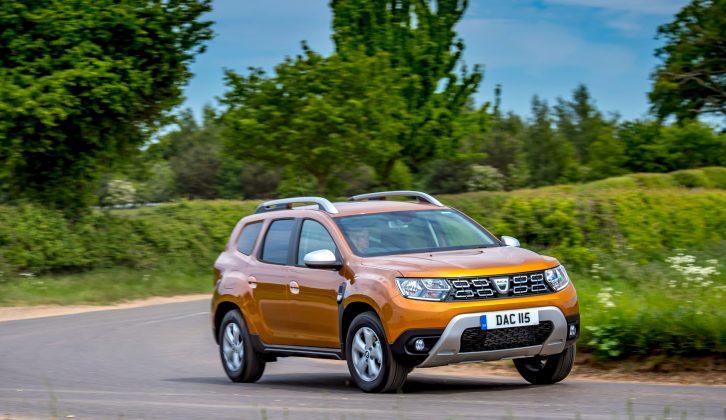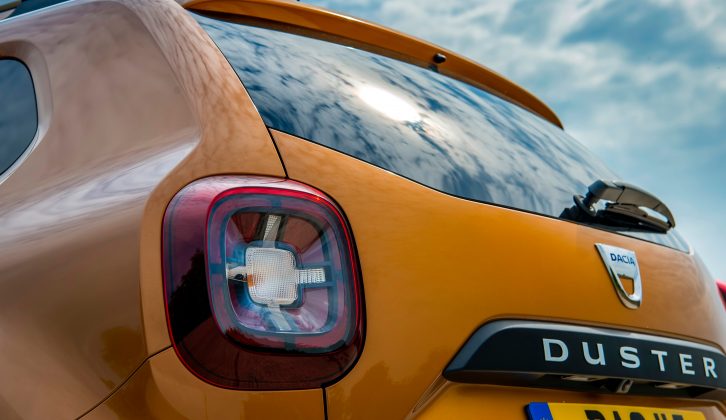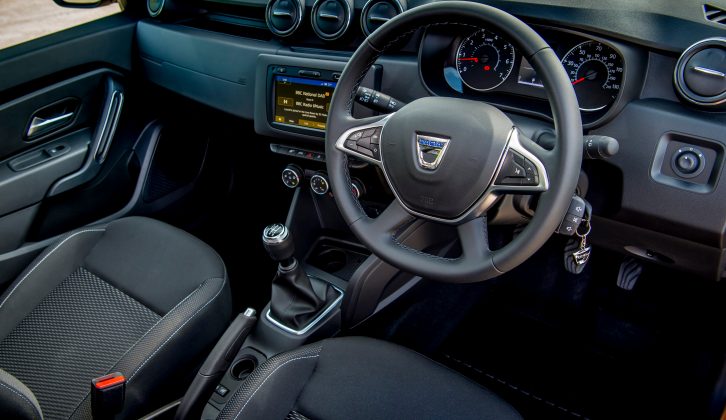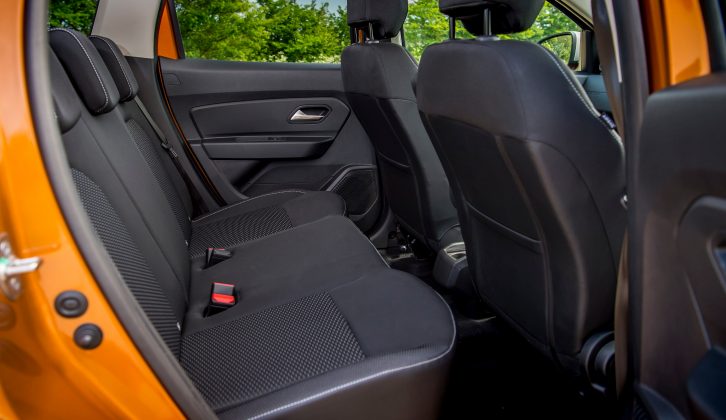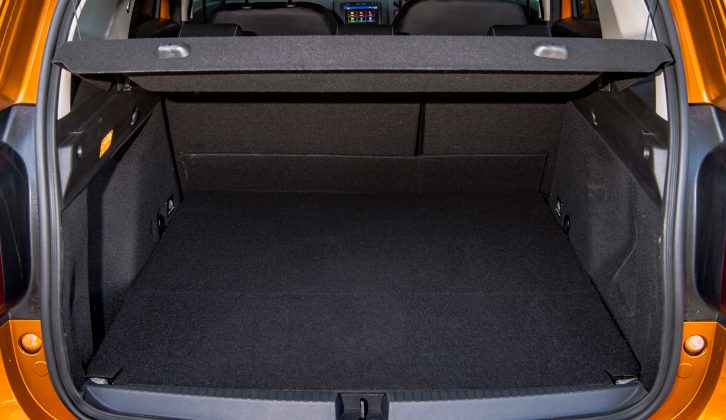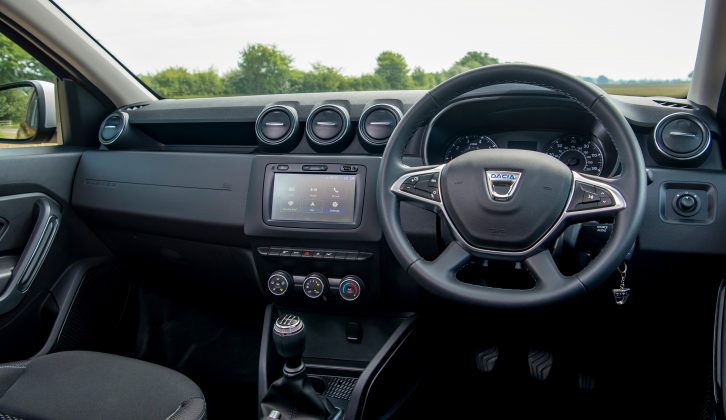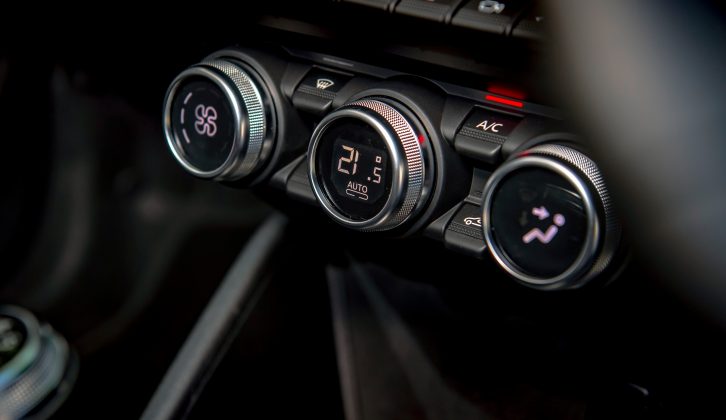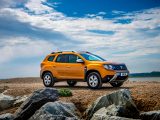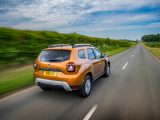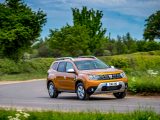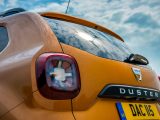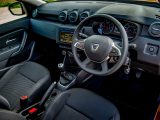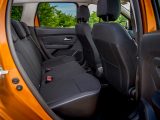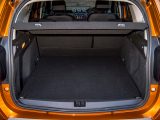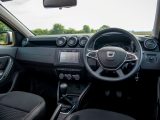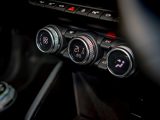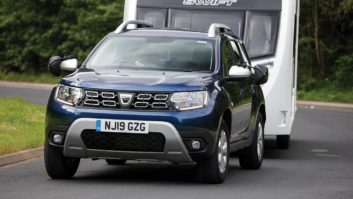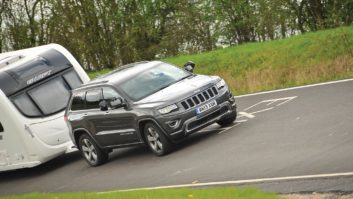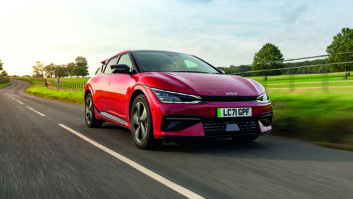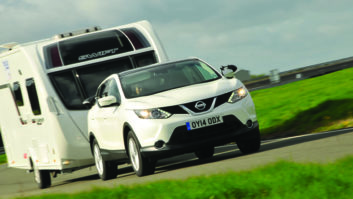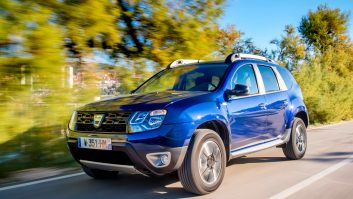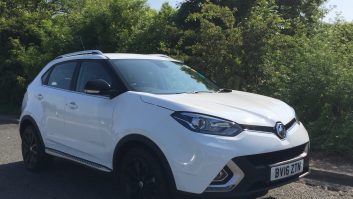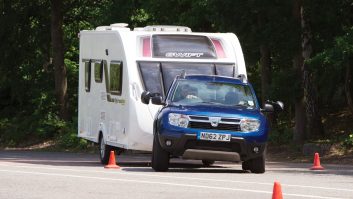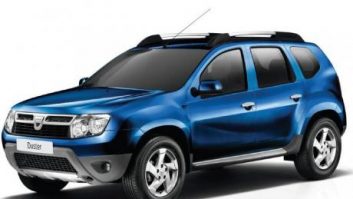If you want a new tow car and you’re on a tight budget, you could do a lot worse than choose the new Dacia Duster. It’s better looking, more refined and better equipped than the old model – but prices still start from under £10,000.
Yes, towing limits are low, as we’ll explain in more detail later. But, if your tourer is light enough to make a suitable match, the Duster has a lot going for it. It seems owners of the old model must agree, as one-in-sixteen Dusters sold in the UK last year were bought with a towball fitted.
Changes to the exterior design achieve the neat trick of being familiar yet definitely different – there’s a clear resemblance to the previous version, but an overriding sense that the design has moved on.
It’s what’s on the inside that counts
If the outside of the car looks sharper and tougher than before, the inside has taken an even bigger leap forward. The plastics look much better finished, and although they’re not soft to the touch, they certainly don’t have the bargain-basement cheapness of those in the old model.
The changes are more than cosmetic. The front seats have been redesigned to be more comfortable and supportive, with a longer cushion, lumbar adjustment, and an extra 20mm of vertical travel (on all but the most basic model). Certainly we had no aches after driving the Duster for several hours, although we’d like to see a rest for the driver’s left foot.
Other revisions aren’t so obvious, but are no less important. Better sound-deadening and thicker glass promise a quieter and more relaxed drive, and that promise was largely fulfilled out on the road. There’s still some wind and road noise at motorway speeds, but not enough to become waring.
Petrol and diesel flavours
We spent most of our time driving the SCe 115 4×2 petrol. The official figures promise a 0-62mph time of 11.9 seconds – in other words, this isn’t a car to choose if you go anywhere in a hurry. There’s not a whole lot going on at low revs, with peak pulling power eventually being achieved at 4000rpm. Even then the Duster accelerates sedately.
Dacia quotes a drive-only towing limit of 1400kg, but taking the gross vehicle weight away from the gross train weight gives an effective maximum of 1000kg if the car is fully loaded with people and luggage. So in effect this model is better suited to trailer tents and micro-tourers rather than full-size caravans. The kerbweight of 1254kg (including 75kg for the driver not included in Dacia’s published kerbweight) gives an 85% match figure of 1066kg, but you’d need to be careful not to exceed the gross train weight if pulling a caravan weighing this much.
Off road in the diesel version
We also drove a diesel, although it was on older spec version of the engine that’s going on sale here and we were only able to drive it off road. However, our 15 minutes of playing in the dirt was enough to prove that the diesel’s greater pulling power marks it out as a much better choice for regular towing. The production-spec engine has 192lb ft of torque rather than the petrol’s 115lb ft, and it’s delivered much lower in the rev range so there’ll be less need for frequent gearchanges.
While the petrol is available from launch in both 4×2 and 4×4 guises, initially the Blue dCi 115 diesel is two-wheel-drive only. It has a towing limit of 1500kg with just the driver onboard, although that drops to 1200kg if the car is fully loaded. The 1395kg kerbweight gives an 85% match figure of 1186kg.
The omission of a diesel 4×4 is only temporary, as the four-wheel-drive version arrives in September.
Turbocharged petrol coming in due course
Potentially the pick of the range won’t be here until the first quarter of next year. That’s when the TCe 130 turbocharged petrol joins the range. As well as being more powerful than the SCe 115 petrol it promises better economy, too.
As things stand, that’s not the Duster’s strong point. The 4×2 petrol has an official combined figure of 43.5mpg. That compares with 52.3mpg for the entry-level Renault Captur crossover. The Duster diesel’s official combined economy is 64.2mpg, compared with 67.3mpg for the cheapest diesel Captur.
Choice of three trim levels
But it will take an age to make back in fuel savings the extra purchase price of just about any rival. We’d steer clear of the entry-level Access model, which may cost just £9995 but does without air-conditioning and a radio. Essential is the name of the second model in the line-up, which looks a much better buy. It comes with air-conditioning, an FM/AM/DAB radio, as well as Bluetooth connectivity and a height adjustable driver’s seat. It’s still very affordable, with prices starting from £11,595.
Step up to Comfort spec for 16-inch alloy wheels, a leather steering wheel, cruise control, an on-board computer, electric rear windows, satellite navigation and a rear-view camera. With prices from £13,195, it’s the model we’d spend our own money on. Even with all that equipment it still costs less than a basic Ford Fiesta.
By Dacia standards, the top-end Prestige cars are bordering on luxurious, with part-leather upholstery, heated seats, 17-inch alloys and additional safety kit including blind spot detectors. It’s priced from £14,395.
You get a lot for your money in terms of space as well as equipment. The Duster is 4.34 metres long – so only five centimetres smaller than the Nissan Qashqai crossover, despite being thousands of pounds cheaper. There’s enough room for adults to be reasonably content in the back of the car, and 4×2 models have a useful 445-litre boot capacity. That’s far larger than you’d find in most cars at this price, and 15 litres bigger than the Qasqhai’s boot.
Too good to be true? We think otherwise
Is there a catch somewhere? Well, as we’ve mentioned the petrol model is slow. And while the car rides comfortably it’s not the most agile or engaging car from the driver’s seat. Perhaps more seriously, Euro NCAP has awarded the Duster just three stars out of five for safety.
But despite these reservations, we’re thoroughly impressed with the new Duster. It stays true to the brand’s budget roots yet most of the old car’s rough edges have been smoothed over. We look forward to towing with one soon.
Despite some reservations, we're thoroughly impressed with the new Duster, and look forward to towing with one soon
